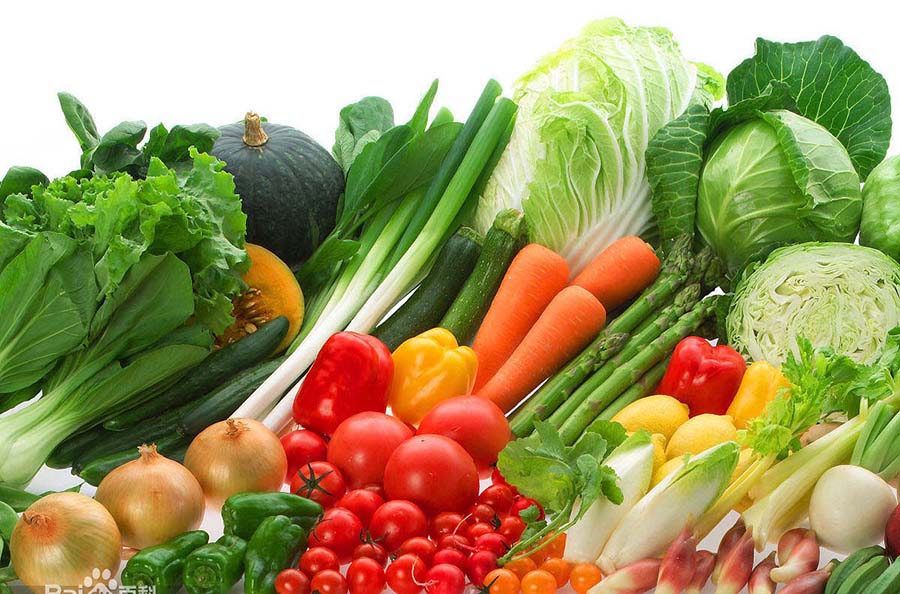YANG Keming, LI Haifeng, Huxidan Maimaiti, Rexidan Amuti, LIU Guohong, LIU Zhigang
To improve the growth,yield,and quality of cantaloupe under extreme high temperature weather in Turpan,Xinjiang,the effects of spraying prohexadione-calcium(PCa)on the physiological growth of cantaloupe under high temperature stress were investigated,distilled water(CK)and PCa with concentrations of 20(PCa1),50(PCa2),100(PCa3),150 mg/L(PCa4)were sprayed on cantaloupe leaves.Through comprehensive analysis of indicators such as photosynthesis,reactive oxygen species content,antioxidant enzymes,antioxidant substances,vine length,stem thickness,yield,and quality of cantaloupe under high temperature stress,the optimal concentration of PCa suitable for foliar spraying of cantaloupe in the region was found.The results showed that as the concentration of PCa increased,the chlorophyll a,chlorophyll b, $\mathrm{O}_{2}^{-}$,H2O2,and stem diameter of cantaloupe gradually increased at different stages,with increases of 9.25%-36.29%,4.25%-49.92%,21.45%-334.55%,5.36%-109.41%,and 2.33%-20.69% compared to CK,respectively;and MDA gradually decreased,with a decrease of 7.37%-48.83% compared to CK,respectively.Spraying PCa increased photosynthesis and reactive oxygen species in cantaloupe under high temperature stress,reducing the damage of high temperature to cantaloupe biofilm.PCa1,PCa2,and PCa3 treatments increased the levels of soluble protein,soluble sugar,PRO,SOD,POD,AsA,GSH,yield,soluble solids content,and soluble sugar content of the fruit in cantaloupe under high temperature stress compared to CK.Among the three treatments,PCa2 treatment showed better performance in terms of various indicators.Spraying PCa at an appropriate concentration significantly improved the osmotic regulation substances,antioxidant enzymes,antioxidant substances,and yield and quality of cantaloupe under high temperature stress,enhanced its heat resistance,and achieved increased yield and quality of cantaloupe.Although PCa4 treatment increased the yield of cantaloupe,it reduced the content of soluble solids and soluble sugars in the fruit.High concentrations of PCa delayed the growth of cantaloupe and affected its quality at harvest.Therefore,PCa2 treatment in production is the best treatment to achieve heat resistance,yield increase,and quality improvement of cantaloupe under high temperature stress.It is recommended that the optimal concentration for spraying PCa in this area is 50 mg/L.
